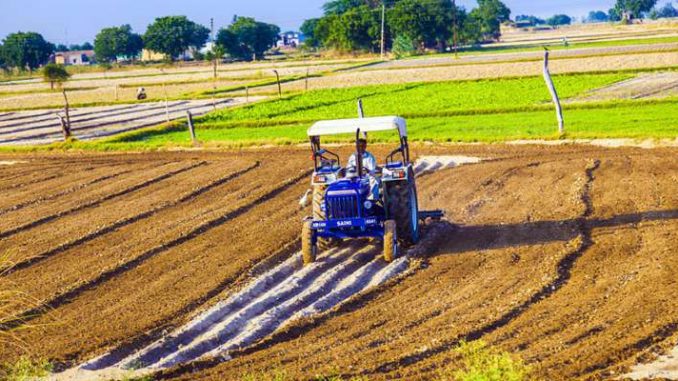
By
“Sound policies, robust institutions, and well-functioning markets complement new discoveries of agricultural science to create dynamic and resilient food systems. The combination of strong agricultural science and good policy is especially important in poor rural areas, where many people depend on farming for their livelihoods,” CGIAR
Indian agrarian economy has witnessed so many twists and turns during the previous year. Farmer’s protest and a poor position in global hunger index had grabbed the attention of everyone in the nation. It is an effort to understand different views and one should try to find the root cause of entire agrarian distress.
As many as 78 per cent of the world’s poor rely on agriculture for food and livelihoods. Women, who comprise 43 per cent of the developing country workforce in agriculture, are key to agricultural development and economic growth. However, they lack access to critical resources. Globally, more than 800 million people remain acutely or chronically undernourished. Two billion people suffer from micronutrient deficiencies, and another two billion are overweight or obese. Yield increases of staple crops have flat lined, and with the population projected to reach 10 billion by 2050, one billion or more may face starvation. Global hunger index has reflected an image of India, which made all the successive ruling regimes as the axis of evil. This actually is a global phenomenon.
Former world bank economist & the current MS Swaminathan award winner Uma Lele shows her concern when she says, “Agriculture contributed 17.4 per cent of GDP but provided 47.3 per cent of employment in 2015-16”, she continues with her discomfort with the way Indian elite or policymakers seem not to accept that we are malnourished. According to Lele, ’there is massive poverty and undernourishment in rural areas’. As the second largest country, it is no wonder that India contains the world’s largest number of hungry, euphemistically called undernourished.
It is the issue when PM eyes for doubling farmers’ income by 2022 and ministry of food processing is working for a better cold chain facility. India has around 30 per cent of the population for poor people (below poverty lines). It is also identified by OECD outlook that India produces sufficient to feed a part of the world population, along with China and other developing Asian agrarian economies. Challenge is getting hard every day with rising population and feeding a huge population requires complex policy frameworks across the globe, says Consultative Group on International Agricultural Research (CGIAR). It says “Sound policies, robust institutions, and well-functioning markets complement new discoveries of agricultural science to create dynamic and resilient food systems. The combination of strong agricultural science and good policy is especially important in poor rural areas, where many people depend on farming for their livelihoods”.
On the one hand, agronomists like Ashok Gulati feels not very much sure about policy frameworks and how they will lead to withholding sustainability of the current agrarian growth of India (higher yields+ farm market linkage+ better remunerative prices). Uma lele had been a critic to what Niti Aayog member Ramesh Chand say. Ramesh Chand expressed his views like a long list of public policy obstacles in the way of doubling farmer income—poor state of science and technology, inefficient and exploitative markets and non-viability of small farms despite their high unit productivity. Yet Chand stresses the importance of linking innovation to supply of inputs, and the key role of startups while also pointing out that private sector share is only 2 per cent of annual investment in agriculture sector, public sector 18.6 per cent and farmers’ share remaining 79.4 per cent, perhaps justifiably concluding that most of the 28 Indian states will not fix these problems.
Former Union Minister Yogendra Alagh earlier said it seems more critical to the way economists come to different projections for similar issues. As an economist he finds illiteracy or lack of quality training in the core of the entire agrarian distress. He has made a great observation as most developing states of India lacks in quality education infrastructure. The year ahead will prove to be tough for policy makers. Feeding undernourished along with eyeing to get closer to the vision of doubling farmers’ income. Experts believe that FY 2018-19 budget can be a landmark in terms of agrarian policies. The questions though remain same! Money can’t bridge policy gaps. Distress needs fundamental changes to be tackled and above all the stakeholders have to rise above fighting for a brighter well fed & Green future.
Source: BW Businessworld

Leave a Reply